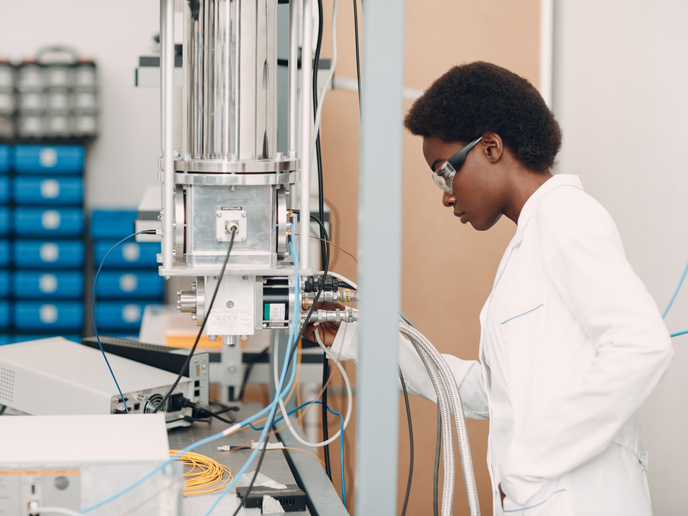Low-noise nanowire detectors capture quantum information with unprecedented detail
Since its invention in 1673, optical microscopy has greatly enhanced our understanding of biology. However, its performance and usefulness in biomedicine are significantly limited by light scattering. This limitation becomes crucial when attempting to tackle profound questions in systems biology. For instance, how do the structures and dynamics of neural networks affect brain function? Addressing this question requires researchers to capture biological dynamics across large cellular populations with high time resolution over a broad spectral range. “This is no small feat as it entails imaging neurons across large brain areas and at depths that current technologies cannot reach,” notes Sander Dorenbos, coordinator of the EU-funded Brainiaqs(opens in new window) project and CEO at Single Quantum(opens in new window). Dorenbos points out that the current depth and imaging resolution in light microscopy are constrained owing to the low specifications of light detectors. “Multipixel superconducting nanowires offer a potential solution, promising to double both the imaging depth and resolution,” states Dorenbos. The purpose of Brainiaqs was to set quantum sensing technology in life sciences innovations, which continuously seek new biological imaging techniques allowing precise and non-invasive diagnostics.
Imaging with arrays of quantum sensors
The first achievement of Brainiaqs was the development of a multipixel array of quantum sensors based on superconducting nanowire single-photon detectors(opens in new window) (SNSPDs). These detectors offer high detection efficiency, ultrafast time resolution and low deadtime, and can count single photons in the wavelength range of 1 500-2 500 nm. The innovative array of quantum sensors, coupled with an optical cryostat and scalable electronics, was called the SQCam. The SQCam has shown remarkable results. “It achieved an efficiency of over 60 % and dark counts as low as 1000 cps. With an ultrahigh time resolution of less than 50 ps, it outperforms traditional detectors both in the visible and near-infrared spectrum,” remarks Dorenbos. “We have successfully scaled up the detectors to 24 pixels, with an active area of about 2 500 m2." The readout electronics that sense and amplify the photon detection signal are important components affecting the overall detector characteristics such as timing jitter, reset time and maximum count rate. Project members have designed and implemented the first low-noise amplifiers based on SiGe for operation with SNSPDs. These cryogenic amplifiers significantly improve the signal-to-noise ratio of the extremely weak SNSPD output signal, thereby minimising timing jitter.
Advanced multiphoton microscopy integrating the sensor arrays
Researchers implemented the SQCam in a multi-photon microscope(opens in new window) and conducted in vitro and in vivo bioimaging experiments. These experiments, conducted in collaboration with the European Molecular Biology Laboratory (EMBL), allowed the team to further refine the microscope performance parameters for maximum practicality and impact. The multi-photon microscope system has been specifically designed to work with chromophores absorbing the near-infrared light, expanding the detection area to 1 mm2. Ultimately, researchers used this system to noninvasively image biological functions in a mouse brain at millimetre depth, a significant improvement over existing imaging technologies. The technological advancement demonstrated by Brainiaqs will offer the multi-photon imaging community a significant edge. “However, the detector applications extend beyond neuroscience. We have already sold the complete detector for space communication purposes to the European Space Agency (ESA),” concludes Dorenbos.







